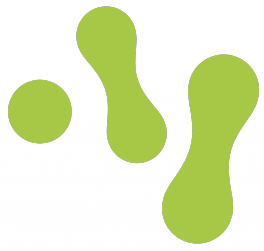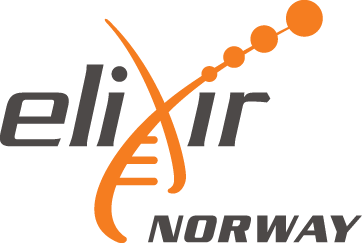| MirGeneDB ID | Pau-Mir-2-o109 |
|---|
| Family name |
MIR-2 (all species) |
|---|
| Seed |
CACAGCC |
|---|
| Species |
Horseshoe worm (Phoronis australis) |
|---|
| MiRBase ID |
|
|---|
| Paralogues |
Pau-Mir-2-P12
Pau-Mir-2-o110
Pau-Mir-2-o111
Pau-Mir-2-o112
Pau-Mir-2-o113
|
|---|
| Orthologues |
Gsp-Mir-2
Ple-Mir-2
|
|---|
| Node of Origin (locus) |
P. australis
|
|---|
| Node of Origin (family) |
Protostomia
|
|---|
Genome context
(Phoronis_australis_GCA_002633005) |
NMRA01000510.1: 285572-285637 [+]
Ensembl
|
|---|
Precursor
(pre-Mir +30nt flank) |
UUCUGGUGCUCGGCAUCUAUGCCGUGCCUGACCAUCACAGCUGGUGUGCCGGUAGUACACUCUCUAGCAGCCUAUCACAGCCAGCUUUGAUGAGCCUGGCGCAGCAUAACUCACAGACGAUGCACU
Get precursor sequence
|
|---|
| Structure | 10 20 30 40 50 60
UUCUGGUGCUCGGCAUC- C UGAC- C - CC-|GUAGUACAC
UAUGC GUGCC CAUCA AGCUGG UGUG G U
AUACG CGCGG GUAGU UCGACC ACAC C C
UCACGUAGCAGACACUCA A UCCGA U G UAU^CGACGAUCU
120 110 100 90 80 70 |
|---|
| Deep sequencing |
Go to detailed chart
|
|---|
| Comment | It is not clear either from phylogenetic or syntenic information how many Mir-2 genes were present in the last common ancestor of protostomes and how the multiple paralogues in lophotrochozoans relate to the four Mir-2 genes in arthropods. Thus all lophotrochozoan genes aside from Mir-2-P12 are classified as orphans pending further data and analysis. |
|---|
| 3' NTU |
No
|
|---|
| Motifs | No |
|---|
Tissue expression
|
|
|---|
| Star sequence |
Pau-Mir-2-o109_5p* (predicted) |
| mirBase accession | None |
|---|
| Sequence |
0- ACCAUCACAGCUGGUGUGCCG -21
Get sequence
|
|---|
| Mature sequence |
Pau-Mir-2-o109_3p |
| mirBase accession | None |
|---|
| Sequence |
44- UCACAGCCAGCUUUGAUGAGCC -66
Get sequence
|
|---|






